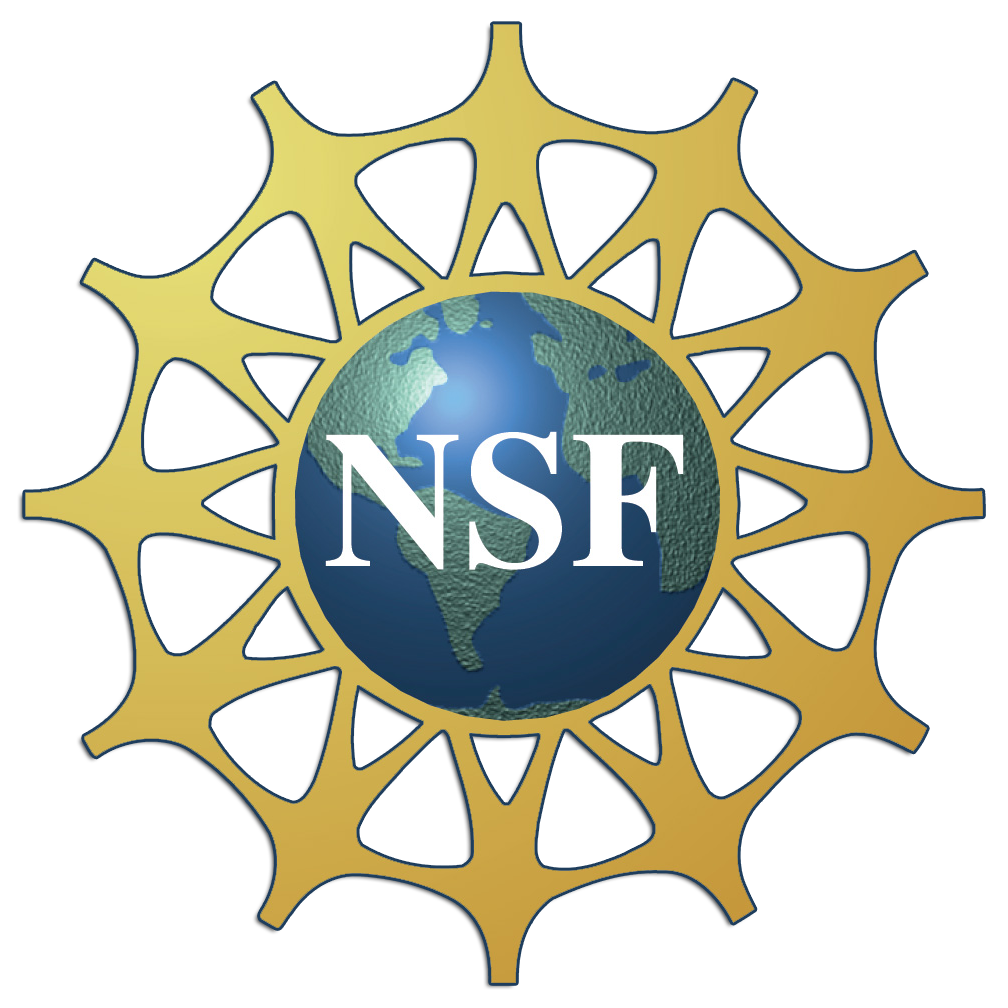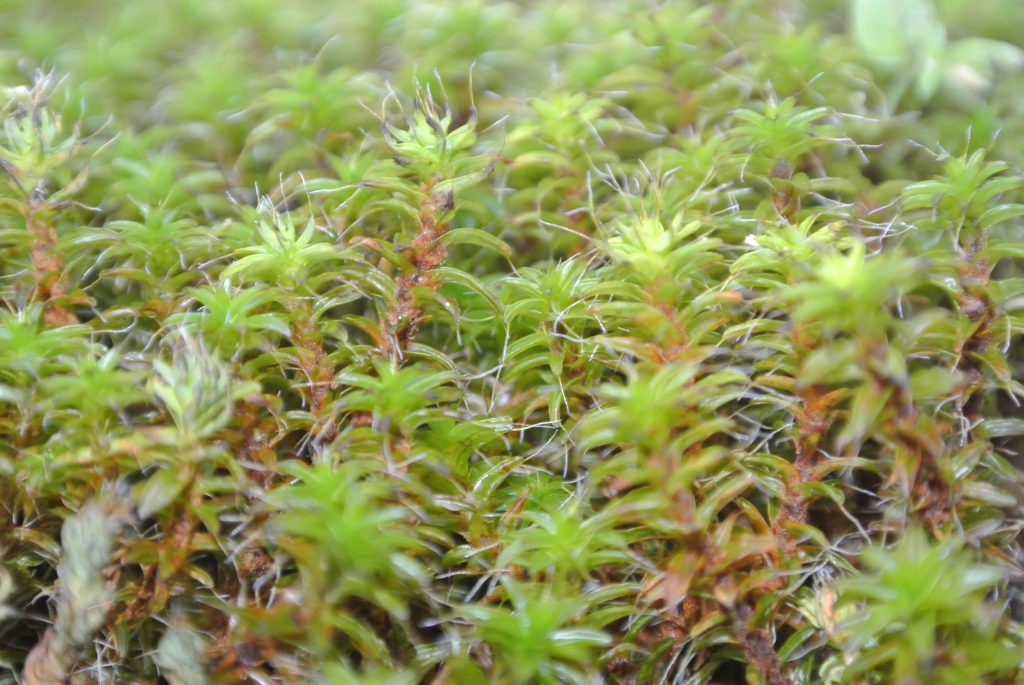NSF Proposal
Project Summary
Overview:
Mosses are the second most diverse group of land plants and they play important ecological roles in terrestrial ecosystems. One important trait that is well developed in mosses is the capability of drying without dying, known as desiccation tolerance (DT). This critical trait allows many mosses to survive and reproduce even in drylands, and may be the key to their survival in the face of rapid climate change.

Syntrichia is a large and diverse genus of mosses occurring worldwide and generally in dryland habitats. Despite their dominance in certain communities such as biological soil crusts, surprisingly little is known about the drivers of biodiversity in this clade. The proposed interdisciplinary project integrates research from genomic, organismal, population, and community levels of organization in order to build a robust understanding of past and present dimensions of biodiversity in Syntrichia. The overall goal is to understand the evolutionary and ecological mechanisms that have produced and maintained diversity at these different levels of organization. The approach will include examining tradeoffs between asexual and sexual reproduction and between phenotypic plasticity and canalization into specialized genotypes. Our team seeks to answer the following questions: (1) What are the genetic mechanisms underlying traits (including phenotypic plasticity) that drive diversification, reproduction, habitat selection, and physiological processes? (2) How do genetic diversity, clonal vigor, and sex ratio compare among populations inhabiting environments with varying degrees of water stress, and could tradeoffs between DT and sexual reproduction have shaped these diversity patterns? (3) Is functional diversity of desiccation tolerance evident among lineages and do these differences vary by life phase or sex, providing evidence for fitness tradeoffs over evolutionary time scales? (4) Does the phylogenetic history of Syntrichia suggest diversification (possibly convergent) in physiological traits, or conservation of physiology and subsequent colonization of suitable environments by specialized lineages? (5) Do high levels of genetic, functional, and phylogenetic diversity improve the resilience of moss-dominated biocrusts to climate change?
Intellectual Merit :
Six PIs will bring together cutting-edge tools in genomics, population genetics, phylogenetics, physiology, and ecology with the potential to discover novel mechanisms involved in land plant diversification and biodiversity maintenance. Both the water relations and reproductive biology of mosses are completely unlike vascular plants. As a consequence of this, the study of mosses yields a valuable model system that can broaden our understanding of the drivers of land plant biodiversity. Mosses such as Syntrichia are an ecologically important component of dryland ecosystems in semi-arid regions. In these environments, moisture availability is a ubiquitous stressor and selective force. The proposed multifaceted approach will generate an integrated assessment of how the genetic, phylogenetic, and functional biodiversity within Syntrichia are both shaped by evolutionary forces and expressed physiologically. This will allow a deeper understanding of how mosses impact the function and resiliency of communities and ecosystems they inhabit. A comprehensive approach can also serve as a model for future efforts to uncover the drivers that control biodiversity in other plant systems. The results will also have far reaching implications for other areas of plant biology including agriculture.
Broader Impacts :
The research team will promote training, teaching, and learning involving moss biodiversity in five ways: (1) We will integrate 2 postdoctoral associates, 7 graduate students, and approximately 20 undergraduate students and into field and laboratory research. (2) An active-learning classroom module appropriate for secondary or postsecondary classrooms will be established and introduced to local teachers. (3) We will produce a Diversity in Action short-film series featuring mosses and biocrusts transitioning from desiccation dormancy. (4) A citizen science program “Citizens of the Crust” will be created to increase public participation and stewardship for biocrust ecosystems. (5) A series of free public workshops will be offered, introducing participants to the hidden world of biocrusts through field collecting, lectures by team members, and microscopy labs.
